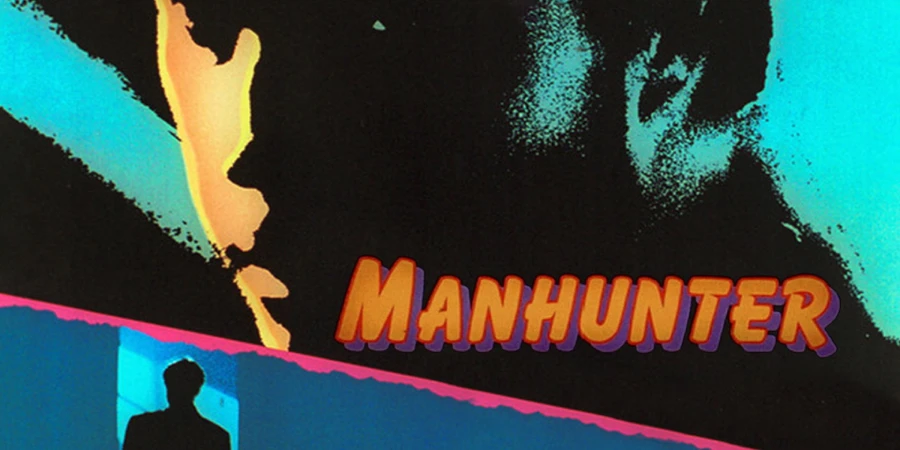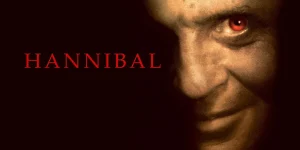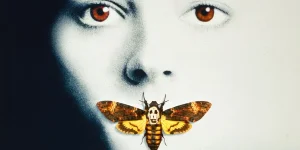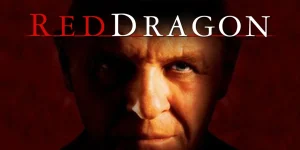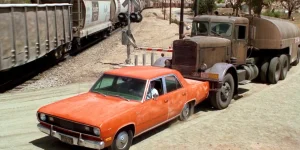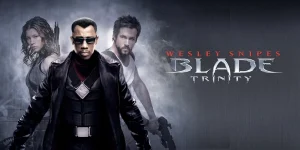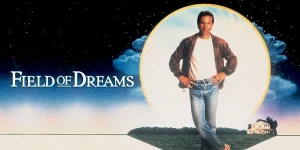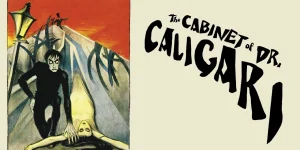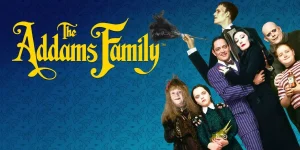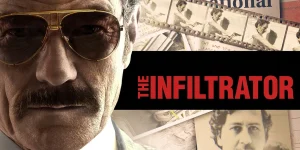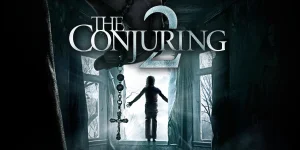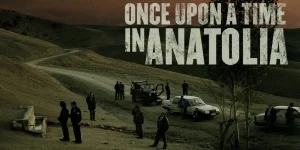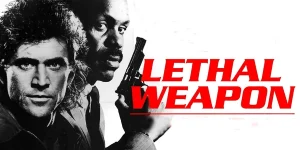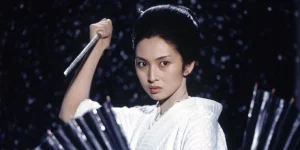Michael Mann’s Manhunter (1986) is a tense, atmospheric psychological thriller and the first film adaptation of Thomas Harris’s Hannibal Lecter novels. It introduces audiences to the methodical, almost obsessive detective Will Graham and his pursuit of a chilling serial killer known as “The Tooth Fairy.”
Table of Contents
ToggleDetailed Summary
The Opening: A Killer’s Perspective
The film begins unsettlingly — we see the world through the eyes of the killer as he approaches a suburban home at night. Later, we learn that this is Francis Dollarhyde, a man with a deeply fractured psyche who has already murdered two families in different cities.
Will Graham Pulled Back into the Hunt
Will Graham (William Petersen), a former FBI profiler, is living in semi-retirement after a mental breakdown caused by his previous work catching serial killers — most notably Hannibal Lecktor (spelled differently here than in later films), played by Brian Cox. FBI Agent Jack Crawford (Dennis Farina) convinces Graham to come back and help solve the “Tooth Fairy” murders.
Revisiting Hannibal Lecktor
Graham visits Hannibal in his high-security cell to get insight into the mind of the new killer. The exchange is cold, calculating, and unsettling. Lecktor subtly manipulates the conversation while probing into Graham’s personal vulnerabilities. This is also where Lecktor manages to pass coded information to Dollarhyde later in the film.
The Investigation Deepens
Graham pores over crime scene photos and reconstructs the killer’s process. He determines that the murders are not random — Dollarhyde is selecting victims through home videos they sent to a film processing lab. The FBI races to track down the connection.
Meeting Francis Dollarhyde
We are introduced to Francis (Tom Noonan) in a disturbing yet strangely sympathetic way. He is socially awkward, physically imposing, and consumed by his delusions of transforming into the “Red Dragon.” His relationship with Reba McClane (Joan Allen), a blind co-worker, becomes a pivotal emotional thread — the first sign of human connection he’s ever experienced.
The Trap and the Misfire
The FBI stages a trap by publishing a fake profile in a tabloid to lure Dollarhyde out. This backfires when Dollarhyde murders the tabloid reporter Freddy Lounds (Stephen Lang) in a horrifying, symbolic act involving fire and a wheelchair.
The Climax
After Reba unwittingly spends the night with Dollarhyde, he becomes conflicted but decides she must die to complete his “transformation.” Graham deduces her danger and rushes to her home, arriving during a tense standoff. In the film’s signature finale, Mann uses slow motion and the song “In-A-Gadda-Da-Vida” to build tension as Graham crashes through a window to confront Dollarhyde. The killer is shot dead, saving Reba.
Movie Ending
The film ends with Graham visiting Reba in the hospital, reassuring her that she is not responsible for what happened. We see the toll the case has taken on Graham — physically and emotionally — but also his relief at returning to his family. The final shot has Graham walking away into the distance, suggesting a return to his quiet life, but also leaving the audience uncertain about how long he can escape the darkness he’s been drawn into twice. Dollarhyde is dead, Hannibal remains in prison, and Graham’s fragile peace hangs by a thread.
Are There Post-Credits Scenes?
No. Manhunter ends with the final scene before the credits, and there are no additional or mid-credit sequences.
Type of Movie
Psychological crime thriller with procedural and horror elements.
Cast
- William Petersen as Will Graham
- Tom Noonan as Francis Dollarhyde
- Joan Allen as Reba McClane
- Brian Cox as Dr. Hannibal Lecktor
- Dennis Farina as Jack Crawford
- Stephen Lang as Freddy Lounds
Film Music and Composer
The score, composed by Michel Rubini and The Reds, blends electronic synth tones with rock elements. It’s minimalist but unsettling, amplifying the film’s tension. Key tracks include the climactic use of “In-A-Gadda-Da-Vida” by Iron Butterfly.
Filming Locations
Shot primarily in Florida, Illinois, and North Carolina.
- Atlanta, Georgia – many FBI office interiors.
- Evanston, Illinois – scenes at Graham’s home.
- High Point, North Carolina – Dollarhyde’s house exterior.
Michael Mann used real suburban neighborhoods to create a grounded, realistic atmosphere, making the violence feel more intimate and disturbing.
Awards and Nominations
Manhunter did not receive major awards upon release but has since been recognized as a cult classic and a pioneering work in the profiling-thriller genre.
Behind the Scenes Insights
- Tom Noonan stayed in character as Dollarhyde even off-camera, avoiding contact with the cast to maintain tension.
- William Petersen bleached his hair to distance himself from his previous role in To Live and Die in L.A..
- Brian Cox’s Hannibal was deliberately underplayed compared to later versions, making him feel like a real, clinical psychopath rather than a theatrical villain.
- Michael Mann insisted on authentic police and FBI procedural details, consulting real agents.
Inspirations and References
Based on Thomas Harris’s 1981 novel Red Dragon. Mann adapted the story with a more subdued and atmospheric tone than later versions (Red Dragon 2002). The title change to Manhunter was due to studio concerns about the word “dragon” sounding like a martial arts movie.
Alternate Endings and Deleted Scenes
- An alternate ending was filmed in which Dollarhyde is arrested instead of killed, but test audiences preferred the more explosive climax.
- Deleted scenes include extended conversations between Graham and his wife, and more background on Dollarhyde’s abusive childhood.
Book Adaptations and Differences
- In the novel, Will Graham is more openly haunted and scarred by his encounters with Hannibal. The film implies this but keeps it understated.
- The book features more graphic violence; Mann opts for psychological tension over gore.
- In the novel, Reba’s relationship with Dollarhyde is more developed, giving her deeper emotional investment before the climax.
Memorable Scenes and Quotes
Key Scenes
- Graham’s first visit to Hannibal Lecktor in his sterile, all-white cell.
- Dollarhyde showing Reba the tiger at the vet clinic — a strangely tender scene amid the darkness.
- Freddy Lounds’s horrifying murder.
- Graham’s slow-motion assault through the glass window in the climax.
Iconic Quotes
- Hannibal Lecktor: “You’re so sly, but so am I.”
- Will Graham: “It’s just you and me now, sport.”
- Jack Crawford: “He’s got a thing for families.”
Easter Eggs and Hidden Details
- The use of blue and green lighting shifts subtly based on whether we’re seeing from Graham’s perspective or Dollarhyde’s.
- Dollarhyde’s home contains imagery from William Blake’s painting The Great Red Dragon and the Woman Clothed with the Sun.
- Hannibal’s cell design in Manhunter influenced later portrayals of high-security cells in thrillers.
Trivia
- Brian Cox was the first actor ever to play Hannibal Lecter on screen.
- The film’s box office was modest, but it became a cult favorite among crime film fans.
- Michael Mann’s visual style here — clean lines, neon lighting, and synthesizer score — heavily influenced late ’80s and early ’90s thrillers.
Why Watch?
Manhunter is a masterclass in psychological tension. It’s less about jump scares and more about crawling into the minds of both hunter and hunted. For fans of cerebral crime stories, this is essential viewing — and it offers a fascinatingly different Hannibal before Anthony Hopkins’s more famous take.
Director’s Other Movies
- Heat (1995)
- Collateral (2004)
- The Insider (1999)
- Thief (1981)

